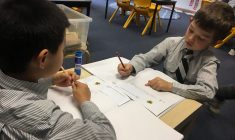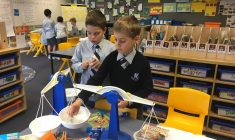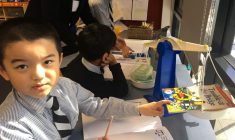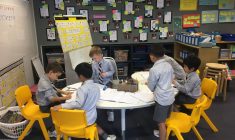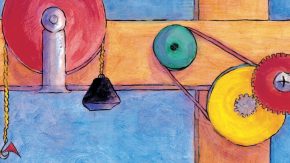Why struggle?
As teachers and parents we like to see our boys succeed, with success in mathematics often defined as being able to work without error. Does such a definition unwittingly deprive students of critical learning opportunities? Jo Boaler, professor of Mathematics at Stanford University would argue, yes.
Boaler, a prominent change agent, whose activism is challenging the way we teach mathematics, argues the need to move away from classrooms focused on results with minimal error towards a learning environment where students are encouraged to take risks as they tackle complex, challenging problems that stretch their thinking, perhaps even to the point of failure. This point of struggle is where brain research suggests optimal learning takes place, but only when students have a mindset that appreciates the value of making and learning from those mistakes.
Thus it is incumbent upon us to communicate to our boys that process, challenge and failure are all key for growth. As educators, we must develop a learning culture not around end results but on communicating processes, evaluating strategies and celebrating struggle as a vital part of learning.
So next time you feel the urge to jump in when you see a student struggling, perhaps pause and observe – you may just be witnessing a precious moment of learning.
Boaler, J (2016) Mathematical Mindsets.
In Year 1 the boys enjoy engaging in maths tasks which challenge and stretch their thinking. Failure and mistakes in learning are valued and celebrated. We take time to talk through our mistakes and identify what might have gone wrong. It is embedded into lessons so that the boys appreciate the importance of taking risks and actually feel cheated if the work they are presented with is ‘too easy’. Allowing time and space for the boys to struggle is not always easy but watching how empowered and energised they feel when they self correct an error or arrive at a solution after considerable effort is certainly time well spent.
Ms Colleen Chan – Year 1 Teacher



